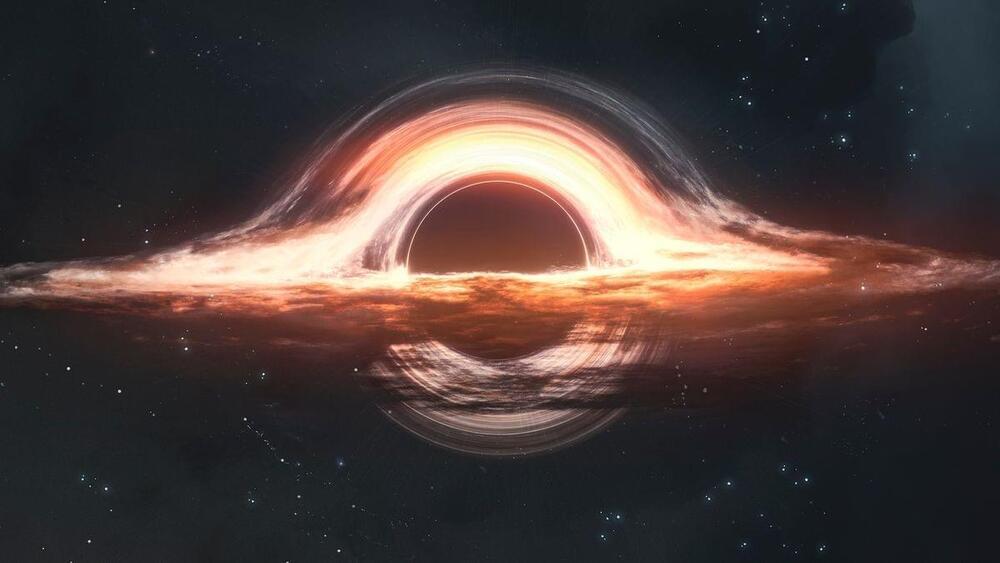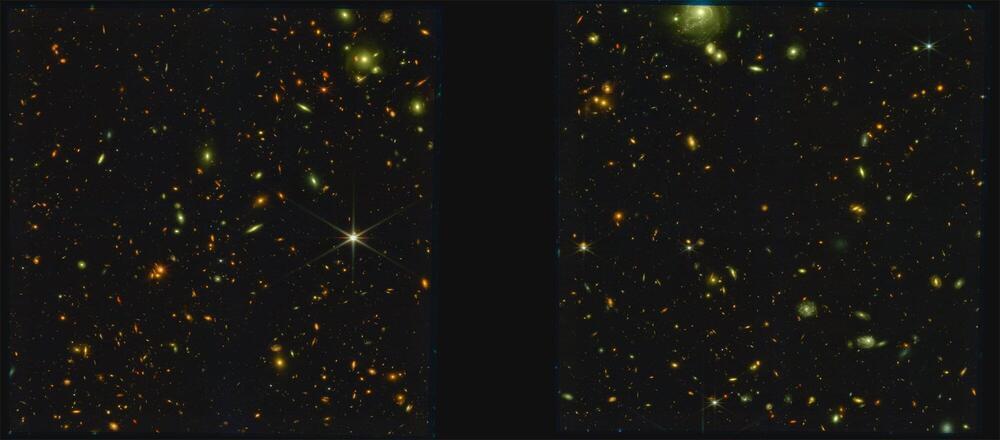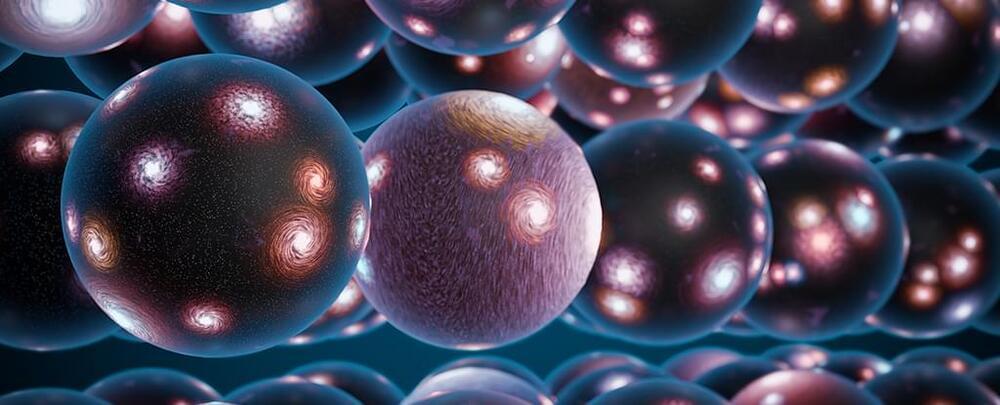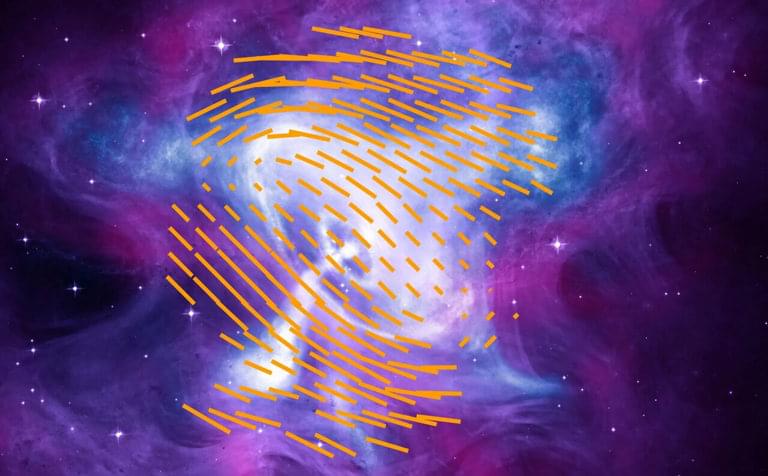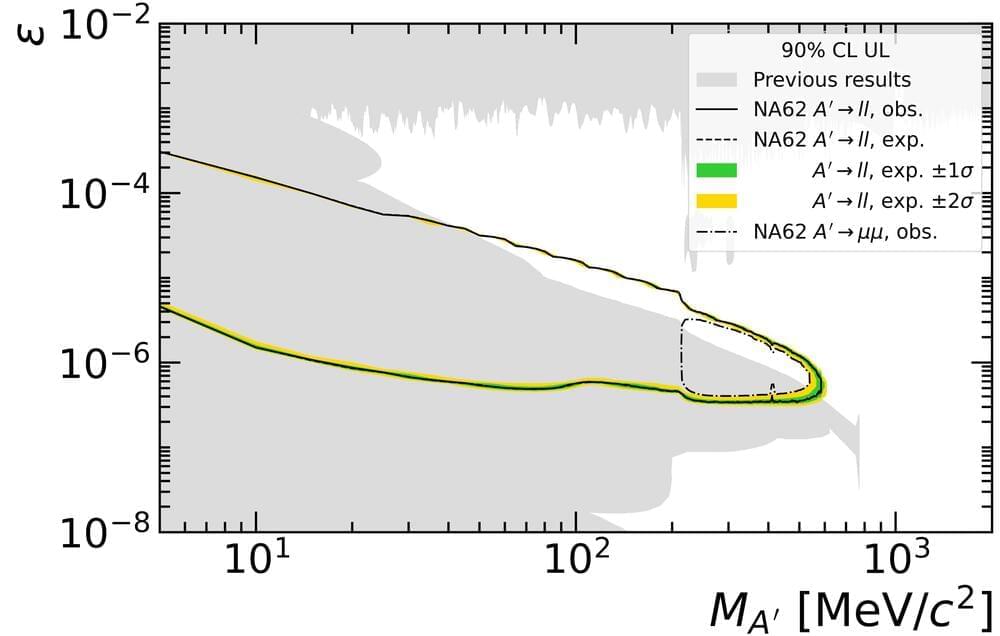Scientists in Virginia are looking for mysterious dark matter — and have turned to really old rocks.
The substance, which makes up more than 80 percent of all matter in the universe, shapes and affects the cosmos. But it is entirely invisible and remains undetectable by normal sensors and techniques.
Analyzing billion-year-old rocks, researchers at Virginia Tech hope to find traces of dark matter. The idea was first proposed in the 1980s. Technological advances since then led them to revisit the idea. What if there were traces in Earth’s minerals?

